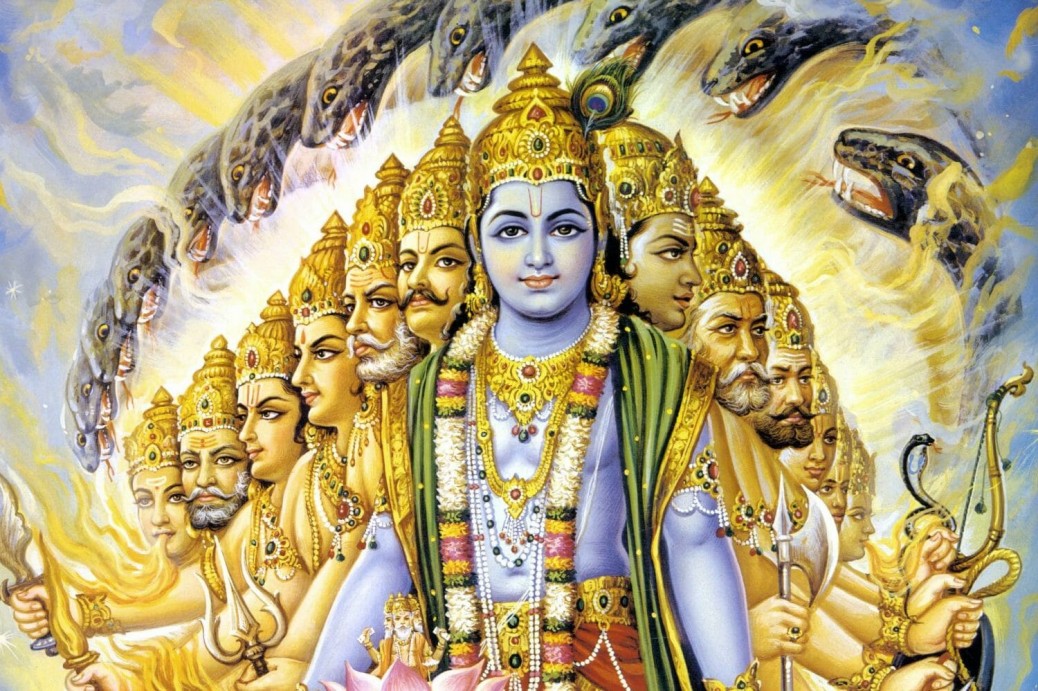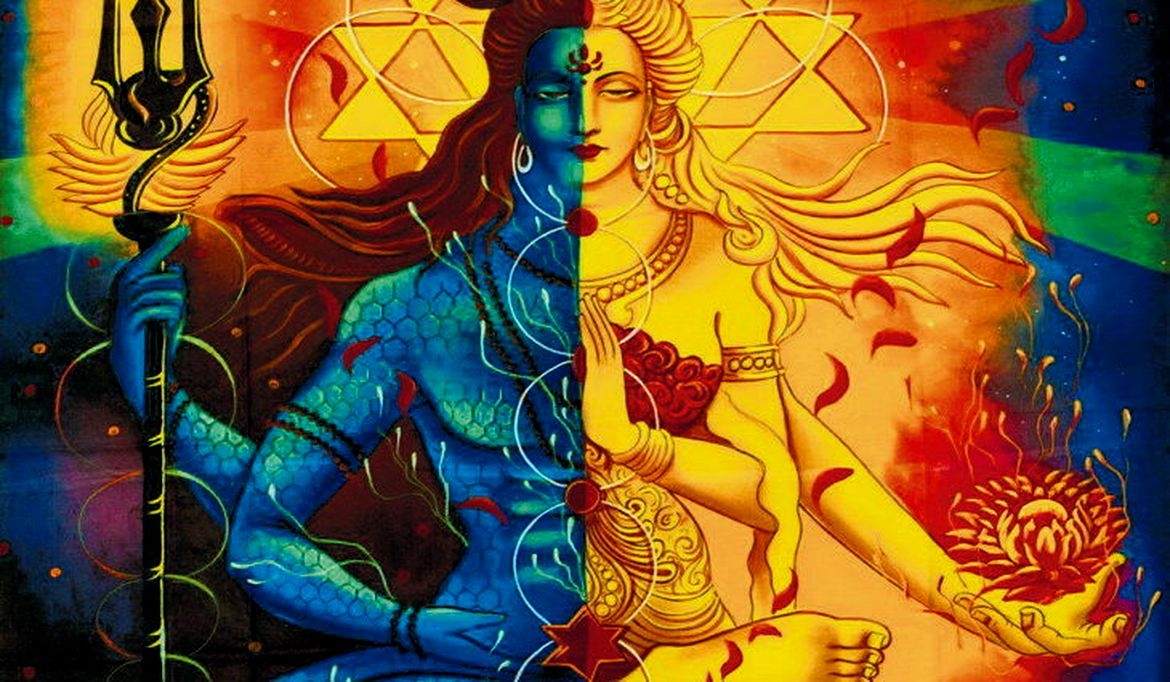Throw Yes And No – In Gita Verse 3.19 Therefore, without being attached to the fruits of activities, one should act as a matter of duty, for by working without attachment one attains the Supreme.
The Bhagavad Gita, particularly Verse 3.19, emphasises the importance of performing one’s duties without attachment to the fruits of the activities. This principle is crucial for attaining the Supreme. The essence of this teaching is that detachment, rather than avoidance of work, is the key to spiritual advancement. Krishna advises against running away from responsibilities and instead encourages engagement in work without attachment.
The concept of detachment might seem foreign because our experiences typically oscillate between attachment and repulsion. We are either drawn to something or repelled by it. If something appears beautiful, we develop an attachment; if it seems unattractive, we develop a repulsion. This duality governs our actions and reactions, leading to a constant state of flux between seeking and avoiding.
Detachment, however, is a state beyond this duality. It is a middle point where neither attraction nor repulsion holds sway. It is a state of dispassion where one neither craves nor avoids but remains a witness to the unfolding events. This state of being is not about being indifferent; rather, it is about transcending the usual reactions of attachment and repulsion.
Achieving detachment is challenging because it is often misunderstood. It is not the opposite of attachment but a state beyond it. When we are attached to something, detachment naturally follows once the object of attachment loses its allure. This cycle of attachment and detachment continues, but true detachment transcends this cycle altogether.
Krishna’s teaching on detachment is fundamentally about freedom. When we perform actions with an attachment to their outcomes, we become bound by those actions. This attachment creates a sense of suffocation and bondage, as we are constantly driven by the desire for results.
Non-attachment, on the other hand, provides freedom, space, and time to contemplate the true meaning of life. Attachment distracts us from reality, leading to a hedonistic pursuit of pleasure that ultimately results in further wanting. This cycle of desire and fulfilment creates a never-ending quest for happiness, which remains elusive.
Freedom can be categorised into three types: ‘freedom from’, ‘freedom for’, and ultimate freedom. ‘Freedom from’ is a negative form of freedom, where one seeks liberation from external constraints such as parental or societal expectations. While this form of freedom is a necessary starting point, it cannot be the ultimate goal. Once liberated from these constraints, one might find themselves at a loss for direction.
The second type, ‘freedom for’, is a positive form of freedom. It is about pursuing one’s passions and interests, even if it means going against societal norms or expectations. For instance, choosing to be a poet despite societal pressure to pursue a more practical career is an example of ‘freedom for’. This form of freedom is higher than the first because it is driven by a creative and constructive purpose.
The highest form of freedom, known as MOKSHA in Eastern philosophy, transcends both the negative and positive forms. It is a state of pure freedom, where one is neither for nor against anything. This ultimate freedom is not about reacting to external circumstances but about being in a state of pure existence.
Political revolutions often exemplify ‘freedom from’, which is why they tend to fail once they succeed. The revolutionaries, having achieved their goal, find themselves without a clear purpose. Artistic and scientific pursuits, representing ‘freedom for’, are more sustainable because they are driven by a positive creative force.
The pinnacle of freedom resides in the domain of the religious and spiritual. It is a state of being where one is neither attached nor repelled, embodying the principle of NETI, NETI, representing pure freedom, the very essence of liberty. This state of pure freedom is the essence of Krishna’s teaching to Arjuna. By being free from the dualities of yes and no, one can act without attachment to the fruits of those actions. This state of self-realisation leads to supreme freedom and liberation.
Krishna’s advice to Arjuna is to perform his duties without attachment to the outcomes. This detachment allows for true freedom in action and leads to the attainment of the Supreme. By transcending the dualities of attachment and repulsion, one can achieve a state of pure freedom and self-realisation.
Tags: Throw Yes And No




